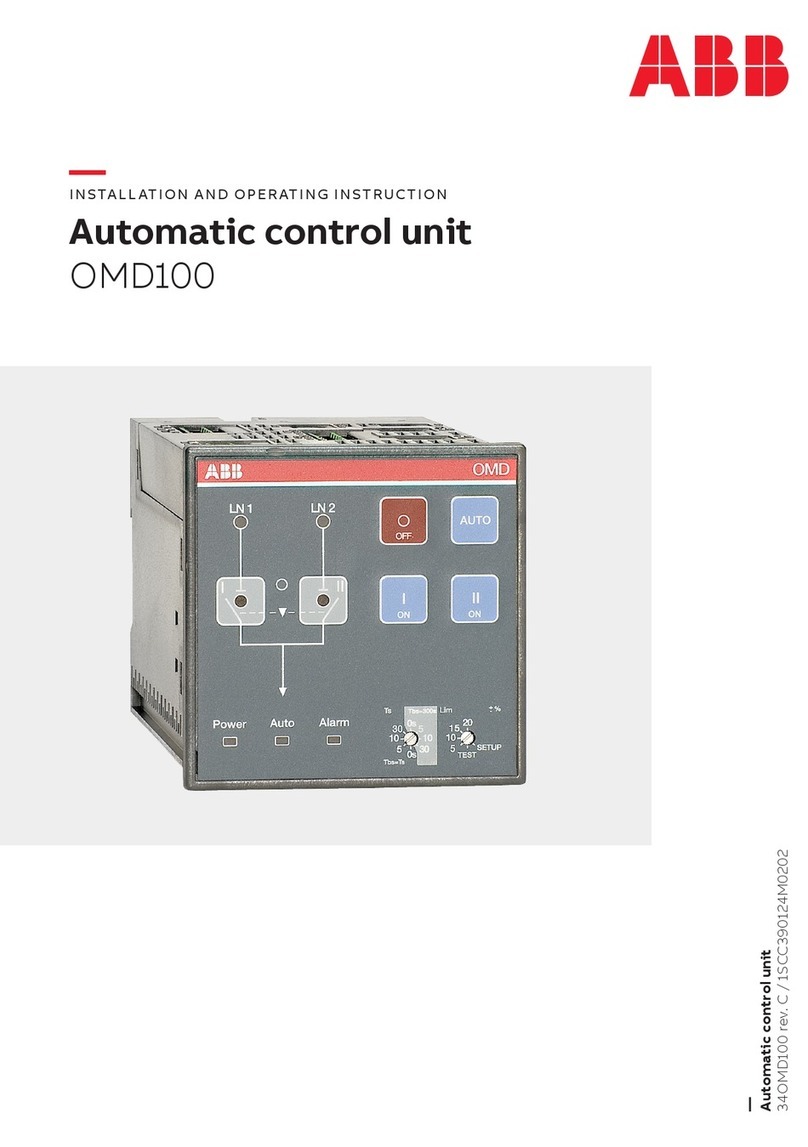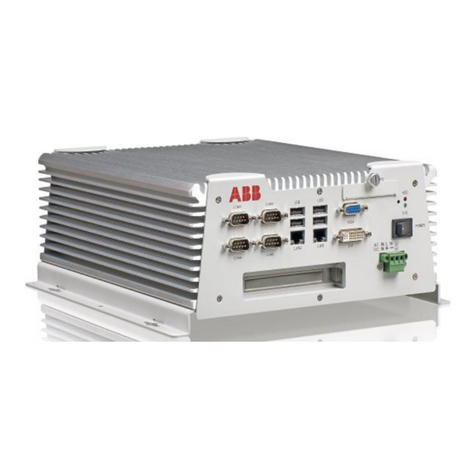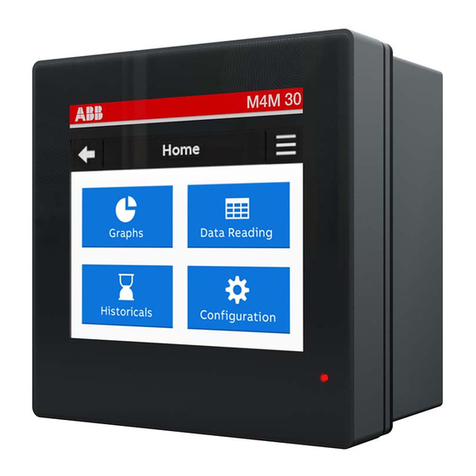ABB MPS-C 2000 User manual
Other ABB Control Unit manuals
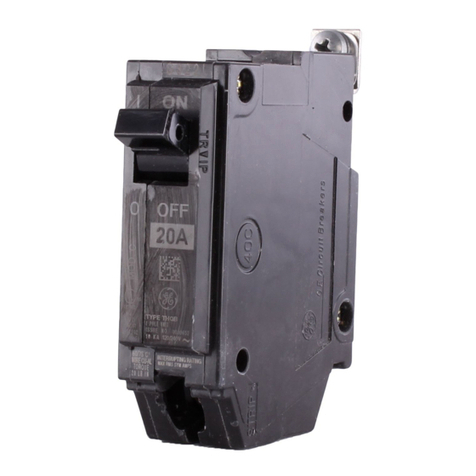
ABB
ABB THQ User guide
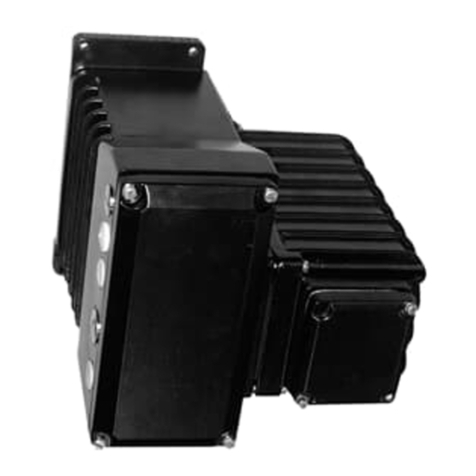
ABB
ABB EAN823 User manual
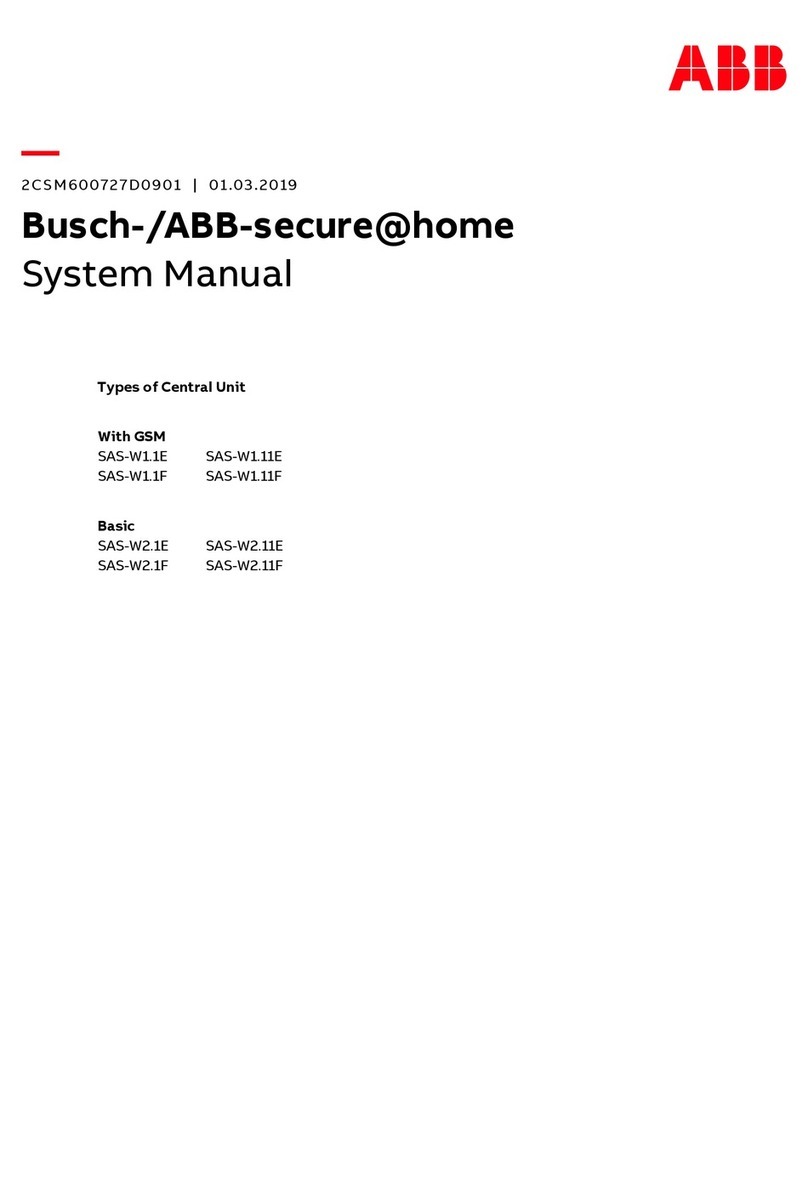
ABB
ABB SAS-W1.1E User guide

ABB
ABB Busch-ComfortTouch 9 User manual

ABB
ABB FSCA-01 Installation manual
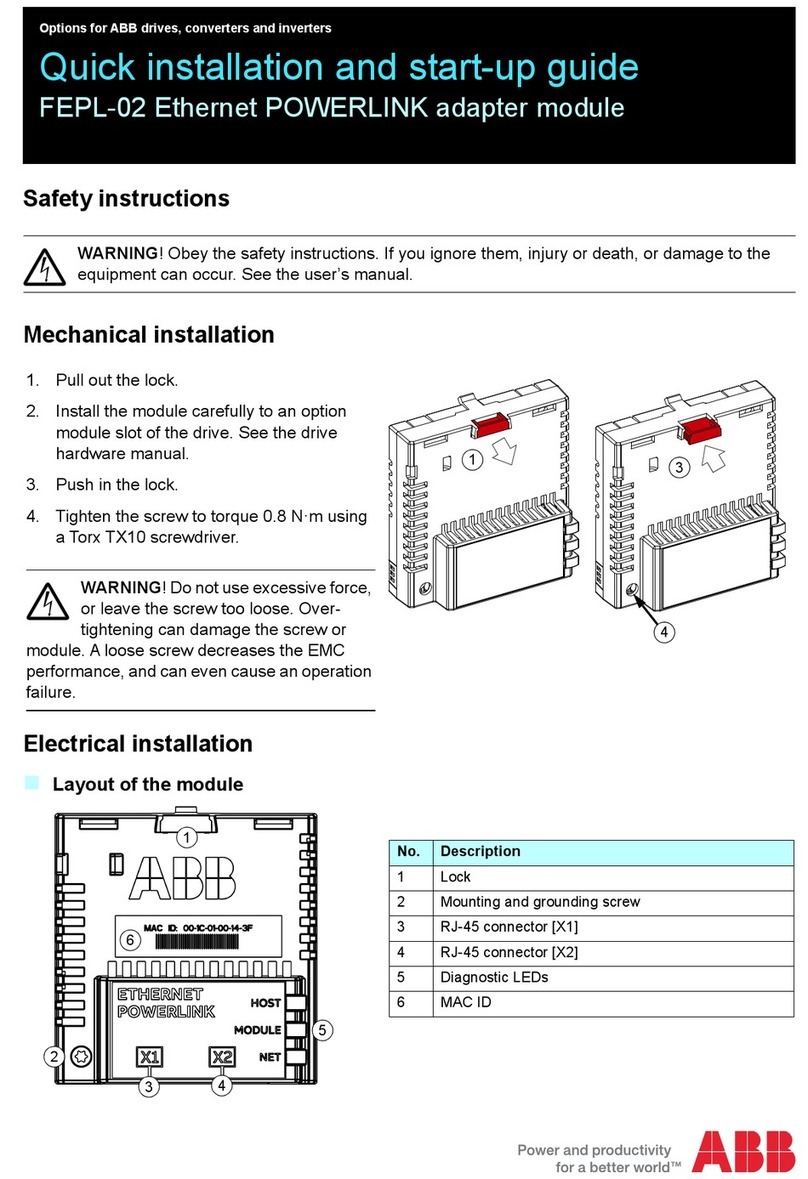
ABB
ABB FEPL-02 Ethernet POWERLINK Installation manual
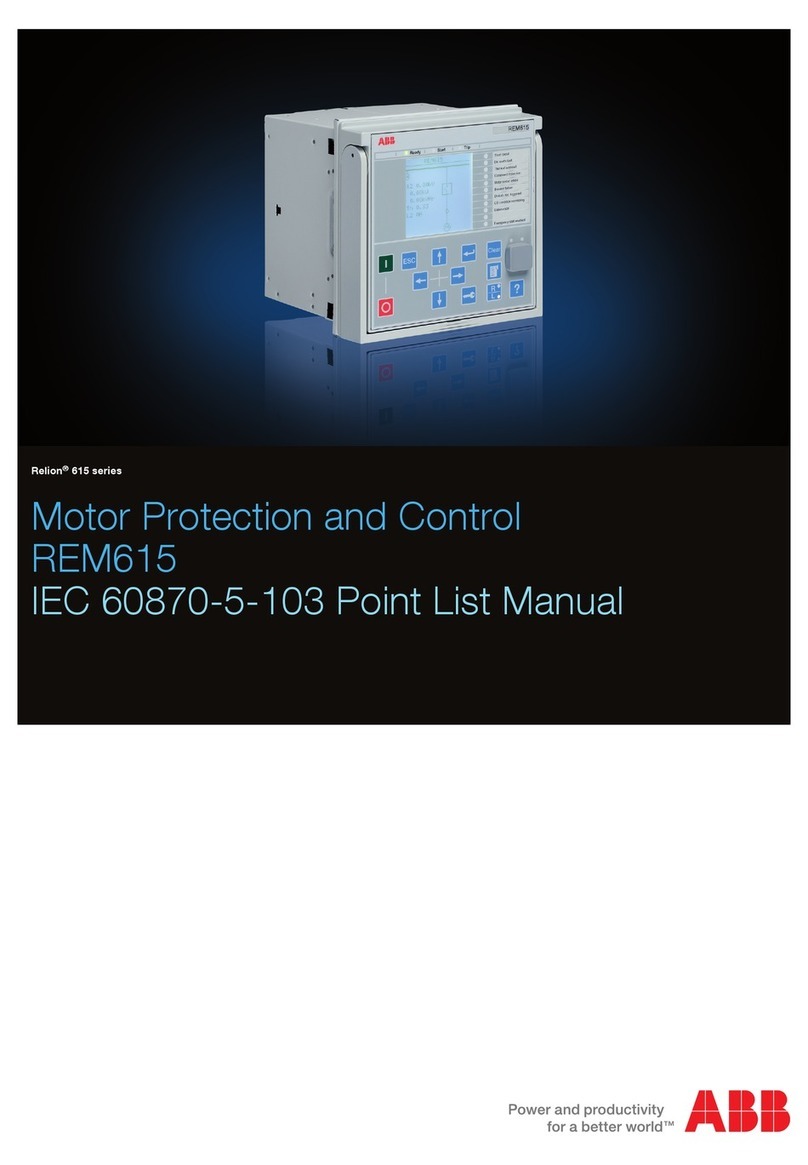
ABB
ABB Relion REM615 User manual

ABB
ABB ACS580-04 User manual

ABB
ABB ACS880-14 User manual

ABB
ABB RED615 ANSI User manual

ABB
ABB ACS800-04 User manual
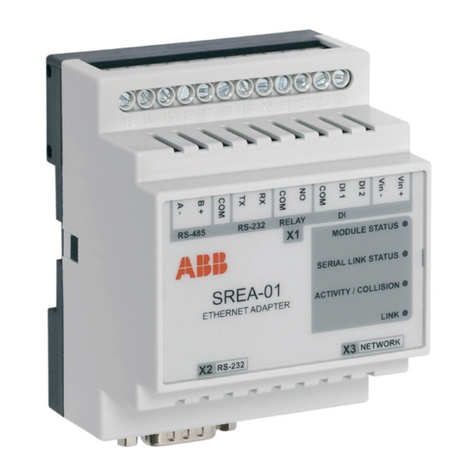
ABB
ABB SREA-01 Troubleshooting guide

ABB
ABB jokab safety Smile Tina Series User manual

ABB
ABB ACS850 series User manual
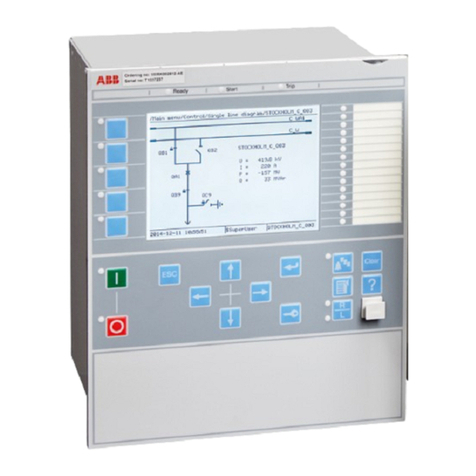
ABB
ABB Relion REC670 Instructions for use

ABB
ABB NCSA-01 CS 31 Installation manual
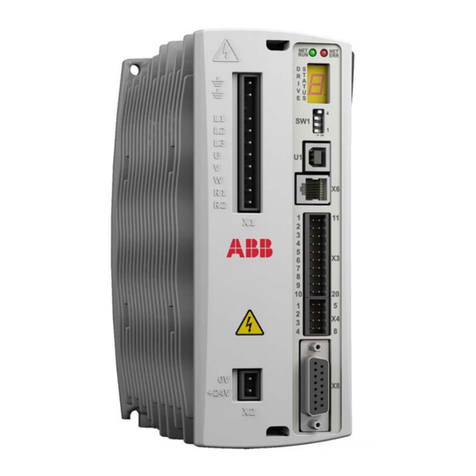
ABB
ABB MicroFlex e150 User manual

ABB
ABB XIO-00 User manual
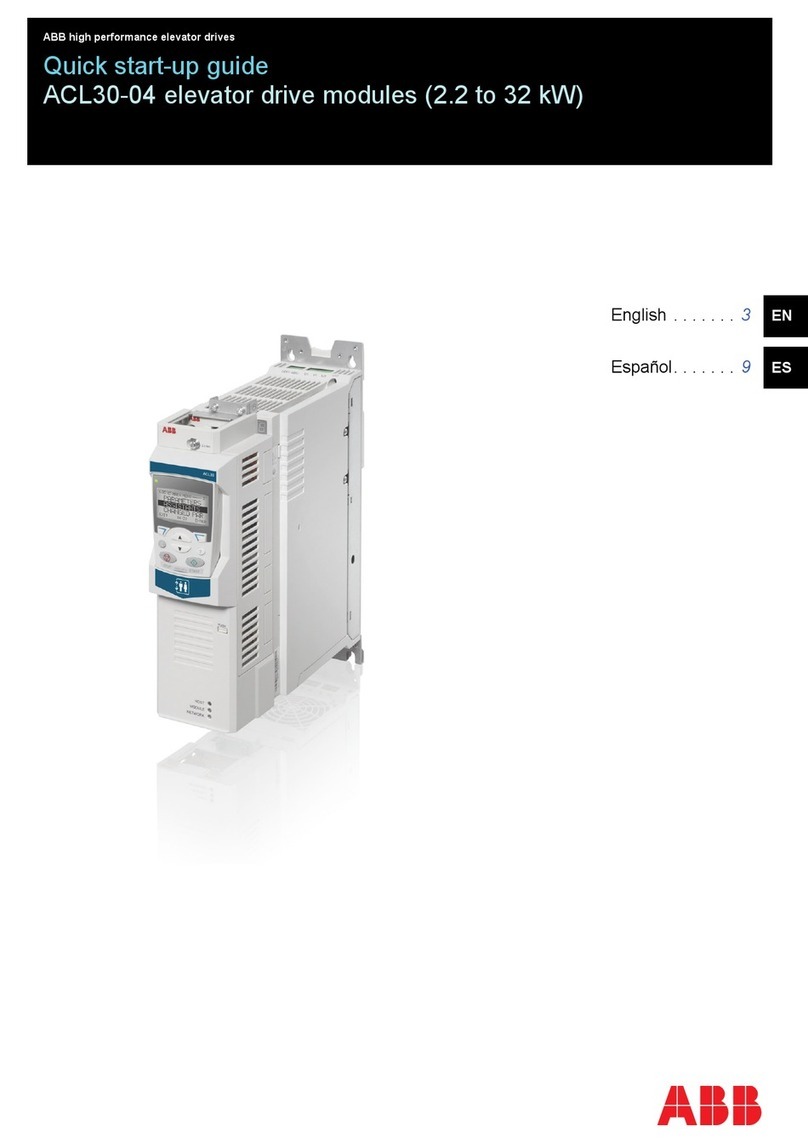
ABB
ABB ACL30-04 Series Troubleshooting guide
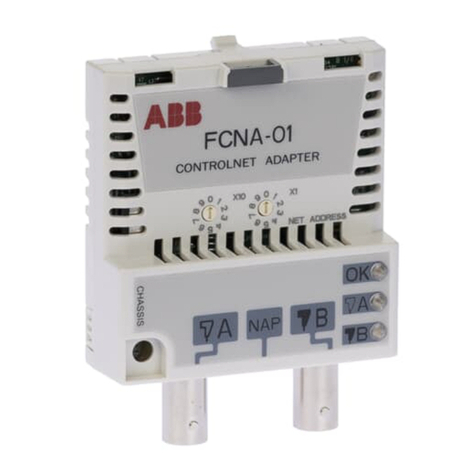
ABB
ABB ControlNet FCNA-01 Installation manual
Popular Control Unit manuals by other brands

Festo
Festo Compact Performance CP-FB6-E Brief description

Elo TouchSystems
Elo TouchSystems DMS-SA19P-EXTME Quick installation guide

JS Automation
JS Automation MPC3034A user manual

JAUDT
JAUDT SW GII 6406 Series Translation of the original operating instructions

Spektrum
Spektrum Air Module System manual

BOC Edwards
BOC Edwards Q Series instruction manual

KHADAS
KHADAS BT Magic quick start

Etherma
Etherma eNEXHO-IL Assembly and operating instructions

PMFoundations
PMFoundations Attenuverter Assembly guide

GEA
GEA VARIVENT Operating instruction

Walther Systemtechnik
Walther Systemtechnik VMS-05 Assembly instructions

Altronix
Altronix LINQ8PD Installation and programming manual
